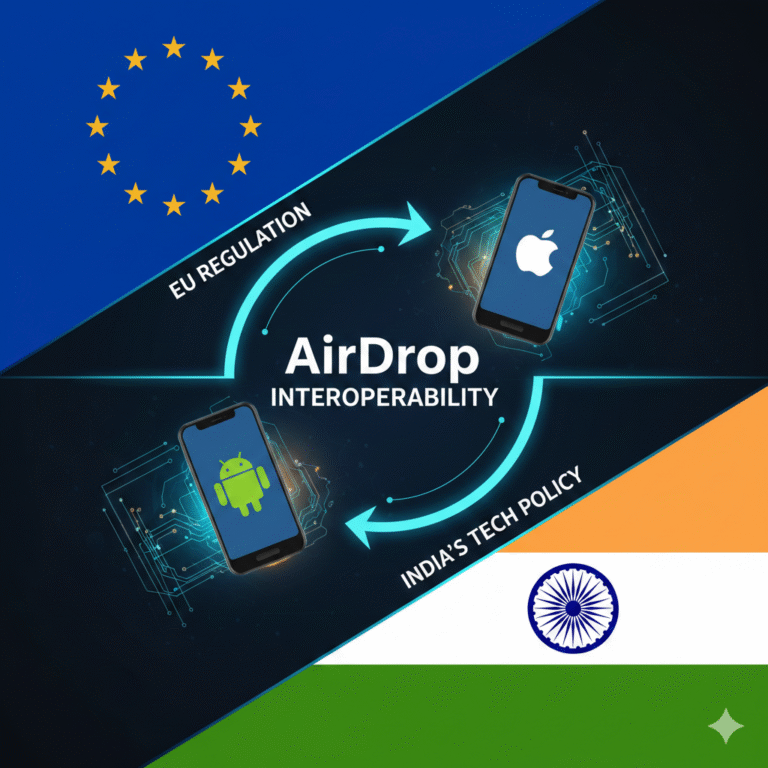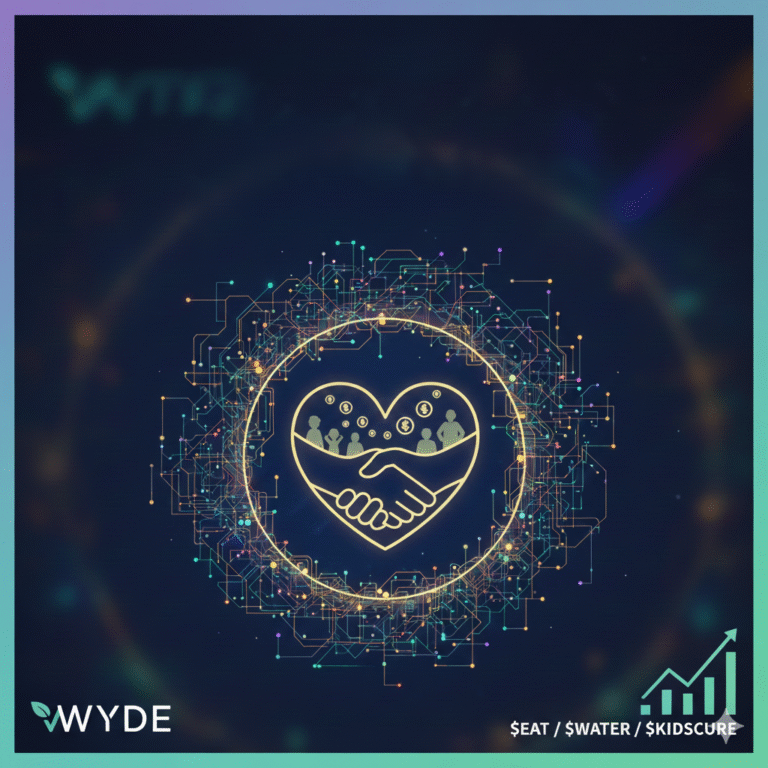The metaverse, a concept that has captivated imaginations for decades, is no longer a futuristic fantasy. It’s rapidly evolving from a sci-fi notion to a tangible reality, with businesses and individuals alike exploring its potential. At its core, metaverse integration involves creating immersive 3D environments where users can interact, socialize, and conduct business in ways previously unimaginable. This article delves into the multifaceted world of metaverse integration, exploring its applications, challenges, and the transformative impact it promises to have on various sectors.
Understanding Metaverse Integration
Metaverse integration goes beyond simply building virtual worlds. It involves seamlessly integrating real-world elements and functionalities into these digital spaces. This includes:
- Digital Twins: Creating virtual replicas of real-world objects, environments, and processes. For example, a digital twin of a factory can be used to simulate operations, identify bottlenecks, and optimize production.
- Extended Reality (XR) Integration: Leveraging technologies like Virtual Reality (VR), Augmented Reality (AR), and Mixed Reality (MR) to enhance user experiences and create more immersive interactions within the metaverse.
- Blockchain Integration: Utilizing blockchain technology to enable secure transactions, ownership, and governance within the metaverse, facilitating the creation of decentralized economies and virtual marketplaces.
- Artificial Intelligence (AI) Integration: Employing AI to power intelligent agents, personalize user experiences, and create dynamic and responsive virtual environments.
Applications of Metaverse Integration
The applications of metaverse integration are vast and span across various sectors:
- Social and Entertainment: Metaverse platforms offer immersive social experiences, enabling users to connect with friends, attend virtual events, and engage in shared activities in virtual worlds.
- E-commerce and Retail: Businesses are using the metaverse to create virtual storefronts, showcase products in immersive 3D environments, and offer unique shopping experiences.
- Education and Training: Metaverse platforms can be used to create interactive learning environments, simulate real-world scenarios, and provide personalized training experiences.
- Healthcare: The metaverse can be used for remote consultations, surgical simulations, patient education, and even virtual rehabilitation.
- Real Estate and Architecture: Metaverse platforms can be used to visualize and experience real estate properties, design and build virtual buildings, and conduct virtual site visits.
- Manufacturing and Industry: Metaverse integration can be used to optimize production processes, improve safety, and enhance collaboration among teams.
Challenges and Considerations
While the metaverse offers immense potential, several challenges need to be addressed for successful integration:
- Technical Limitations: Current technologies may not yet be able to fully support the creation of truly immersive and seamless metaverse experiences.
- User Experience: Ensuring a positive and engaging user experience is crucial for the success of any metaverse application.
- Security and Privacy: Protecting user data and ensuring the security of transactions within the metaverse are paramount concerns.
- Ethical Considerations: Addressing ethical issues such as digital inequality, addiction, and the potential for misuse of the metaverse is crucial.
- Interoperability: Creating interoperable metaverse platforms that allow users to seamlessly move between different virtual worlds is a significant challenge.
The Future of Metaverse Integration
The metaverse is still in its early stages of development, but it has the potential to revolutionize how we live, work, and interact. Continued advancements in technology, such as faster internet speeds, more powerful hardware, and AI-powered tools, will drive further innovation and adoption. As the metaverse matures, we can expect to see even more creative and impactful applications across various sectors, transforming the way we experience the world around us.
Conclusion
Metaverse integration represents a paradigm shift in how we interact with technology and each other. By creating immersive 3D environments and seamlessly integrating real-world elements, the metaverse has the potential to revolutionize social interactions, business operations, and our overall experience of the world. While challenges remain, the future of metaverse integration looks promising, with the potential to unlock a new era of human connection and innovation.
Frequently Asked Questions (FAQs)
- What is the metaverse?
- The metaverse is a collective virtual shared space, created by the convergence of virtually enhanced physical reality and physically persistent virtual spaces, including the sum of all these augmented reality and virtual reality spaces, and the Internet.
- What is metaverse integration?
- Metaverse integration involves seamlessly integrating real-world elements and functionalities into virtual worlds.
- How does blockchain technology play a role in the metaverse?
- Blockchain enables secure transactions, ownership, and governance within the metaverse.
- What are some applications of metaverse integration?
- Social and entertainment, e-commerce, education, healthcare, real estate, and manufacturing.
- What are the challenges of metaverse integration?
- Technical limitations, user experience, security and privacy, ethical considerations, and interoperability.
- What is the future of metaverse integration?
- The future of metaverse integration looks promising, with the potential to revolutionize how we live, work, and interact.
- What is the difference between VR, AR, and MR?
- VR creates a fully immersive virtual environment, AR overlays digital information onto the real world, and MR blends the physical and virtual worlds.
- How can businesses benefit from metaverse integration?
- Businesses can use the metaverse to create new revenue streams, enhance customer experiences, and improve operational efficiency.
- Is the metaverse safe for children?
- Ensuring the safety and well-being of children in the metaverse is crucial, and age-appropriate content and safety measures are necessary.
- What are the ethical concerns related to the metaverse?
- Ethical concerns include digital inequality, addiction, data privacy, and the potential for misuse.
- How can I experience the metaverse?
- You can experience the metaverse through VR headsets, AR devices, and even through your web browser.
- What are some popular metaverse platforms?
- Some popular metaverse platforms include Decentraland, The Sandbox, and Horizon Worlds.
- Will the metaverse replace the real world?
- The metaverse is not meant to replace the real world but to enhance and augment it.
- What skills are needed for metaverse development?
- Skills such as 3D modeling, game development, programming, and blockchain technology are valuable for metaverse development.
- What is the role of AI in the metaverse?
- AI can be used to power intelligent agents, personalize user experiences, and create dynamic and responsive virtual environments.











+ There are no comments
Add yours